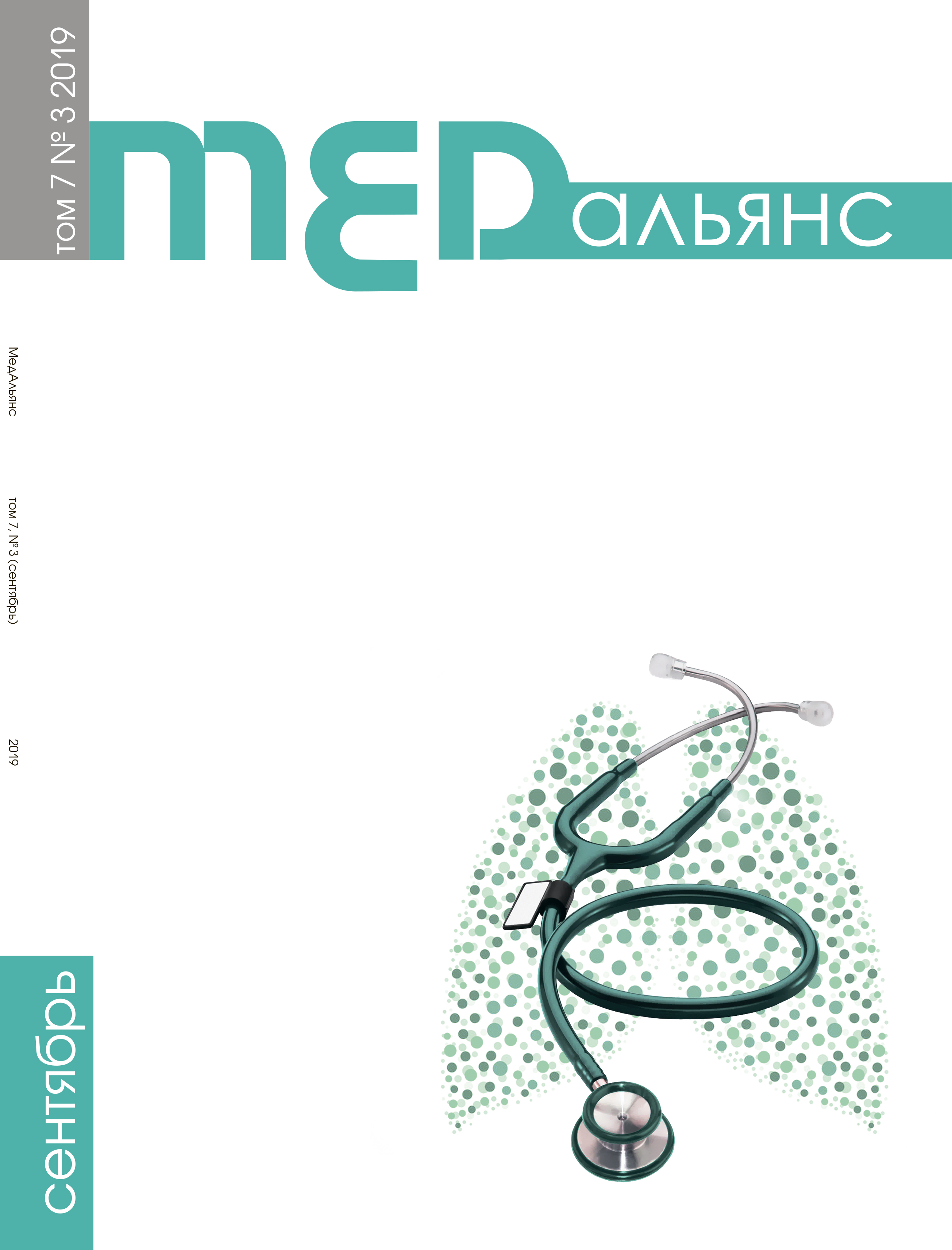Abstract
In the treatment of cancer patients, great successes have been achieved in the duration of the relapse-free period and in the reduction of mortality from malignant neoplasms. At the same time, chemotherapy and radiation treatment often lead to the development of complications from the cardiovascular system as during the treatment period so after its end. It has been shown that, for example, anthracyclines have a toxic effect on the cardiovascular system, and their cardiotoxicity depends on the cumulative dose, age of the patient and the presence of cardiovas cular diseases. Currently, it is believed that the main mechanism of anthracycline cardiotoxicity is the inhibition of 2? topoisomerase, which leads to activation of cell death pathways and inhibition of mitochondrial biogenesis. There is currently no consensus on how to better control anthracycline cardiotoxicity, but most studies recommend evaluating left ventricular ejection fraction before and after chemotherapy and treating patients with significant left ventricular dysfunction. A study of patients with breast cancer with adjuvant regimens containing anthracycline, with or without trastuzumab, showed that treatment with candesartan provided protection against an early decrease in the overall function of the left ventricle. One of the additional factors enhancing cardiotoxicity is the consumption of tobacco and nicotine due to both the toxic effect on the cardiovascular and bronchopulmonary systems, and the effect on the pathogenesis and treatment of oncology diseases. A meta-analysis of 6 randomized and 15 observational studies showed that discontinuation of tobacco reduces the relative risk of postoperative complications by 41% (95% CI 15–59). Conclusion. Patients with malignant neoplasms should be considered as a cohort of patients with significant risks of cardiovascular diseases that need to be monitored by cardiologists and specialized treatment of cardiovascular complications.

